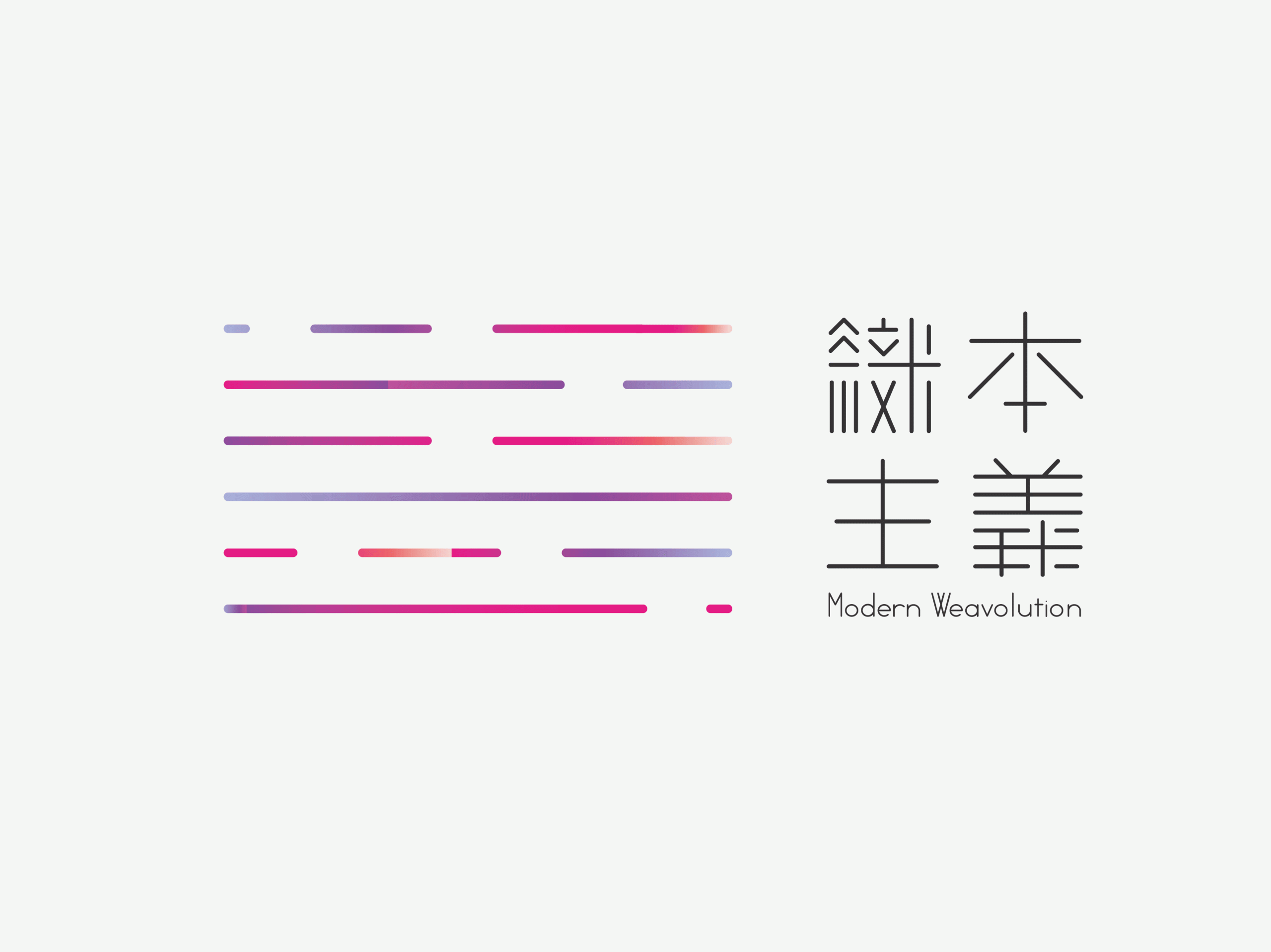BACK
Modern Weavolution

The fabrication of fabrics means the aggregation of labor: prior to the Age of Industrialization, it was women in the families contributing to the production of fabrics, whereas from Industrialized Age to date it is the underpaid labor in developing countries that makes fabrics. The former is an invaluable household labor, while the latter is a low-priced market exploitation. This exhibition combines embroidery pieces with contemporary artworks, fabricating dialogues and reflections with the spirit of traditional techniques and the phenomenon of capital society nowadays.
The artwork “The Embroidery of Embroidery” depicts the process of embroidery and the collective labor along the way, including the heritage, the development, the innovation and the pursuit of sublime craftsmanship. Nevertheless, the labor today, within the grasp of capitalism, has become mechanical, unconscious behavior of production. With cheapness as its core, morbid consumption as well as exploiting work environment is thus formed. The artist Shu-Man Chang re-interpret the work “The embroidery of embroidery” with hand-painted stop motion animation, not only adding the fun of “motion,” but honoring the spirit of traditional embroidery – stitch by stitch.
Another theme is brought by Chao-Ti Ho’s “Wandering Island — El Salvador Journal” and Hsin-Jie Lo’s “Funny Competition between Labor and Management: You Have Me in You.” The two documentaries respectively showcase textile & clothing industry, under the influence of globalization, wither or move out of Taiwan and that the awakening of laborers at home and abroad and their fight for right via confrontation and negotiation.
“Embroidery of Hou-Hsi Tseng’s Night Banquet” is a piece created by an embroidery workshop by the request of Andrew Chew, the president of the Museum. This art piece employed “dense embroidery technique,” with every inch of the piece woven with 2, 3, or even more layers of silk embroidery. Previously President Chew supported the workshop via commissioned production and procurement of its embroidery pieces, to alter the workshop’s fate of dissolution and pass on the tradition. Chia-Wei Hsu’s “Huai Mo Village – Tapestry” focuses on the Huai Mo Tzu Chiang House in Chiang Rai, Thailand and the region’s complex history through inviting the children of the House to co-create with sewing machines and documents the forsaken. The two artworks appear utterly different, and yet the concepts behind are identical.
The exhibition presents not only the dialogues between the collection of the Museum and the contemporary works, but the ones in between the contemporary works, such as that of Jaffa Lam‘s “Enlightened from Green and Light” and Studio in Blooom’s “Unfamiliar Beauty of the Familiar Things.” The textile industry of Taiwan and of Hong Kong used to have their glorious OEM time, which are now withered. Jaffa Lam cooperated with Hong Kong Women Workers’ Association on “Micro Economy” project, realizing the practice of economic interaction of the art society. Hana Tsai, Chung-Yu Chiu and Ama Shen with their brand spirit of “in Bloom,” create a self-sufficient art production as well as a healthy industry cycle.
Through the dialogue between fabrics and labor, “Modern Weavolution” shall open up a space for the intercourse between the old/antiquity vs. the new/modernity, in hopes of unwinding the meaning of fabric, extending to the creators, laborers, and users that take part in the process.
Artist Talk
by Jaffa Lam
2015.11.29 sun. 14:00
Workshop
by in Blooom
2016.01.10 sun. 14:00
Date:2015.11.28 – 2016.01.31

Morning Star
Morning Star
Jaffa Lam

The Embroidery of Embroidery
The Embroidery of Embroidery
Hong-Gah Museum Collection

The Loop
The Loop
Ya-Chu Kang

Huai Mo Village – Tapestry
Huai Mo Village – Tapestry
Chia-Wei Hsu

The Pipa Tune
The Pipa Tune
Hong-Gah Museum Collection

